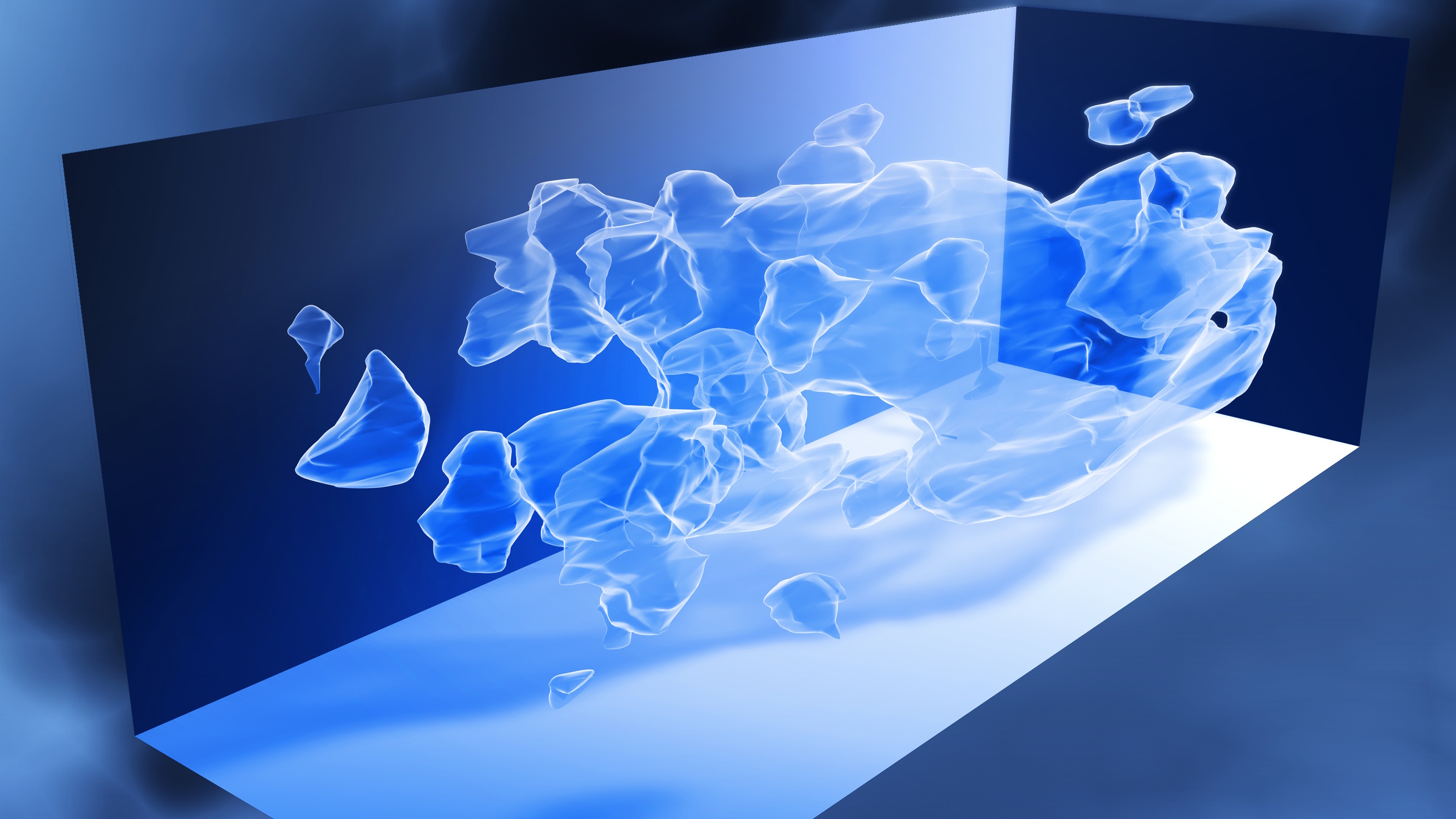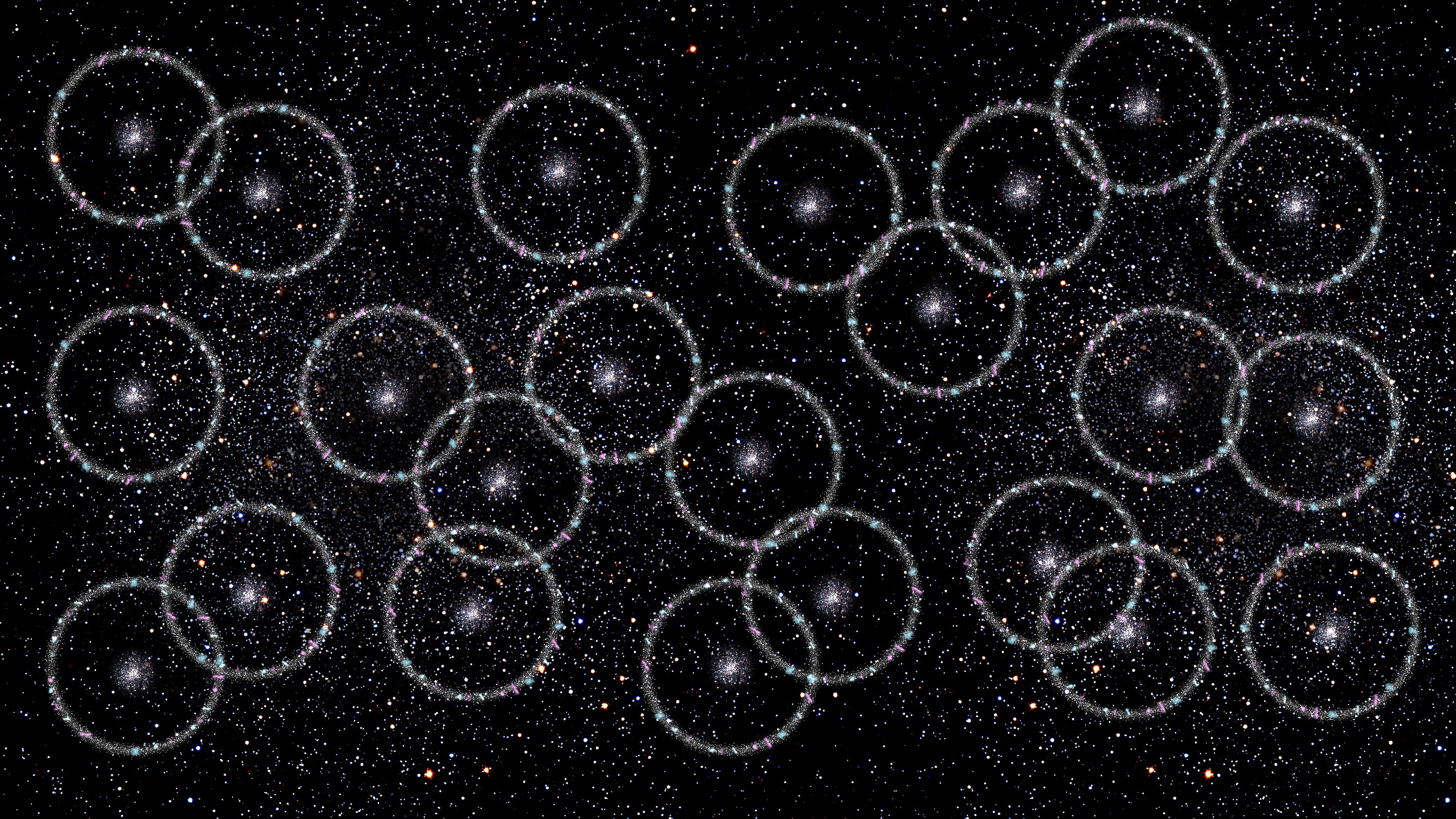Millionth of a Second
13 billion years later, experimenters at UC Berkeley have recreated conditions one millionth of a second after the Big Bang when bizarre plasma filled the universe. “The Department of Energy’s Office of Nuclear Physics recently named Berkeley Lab’s Nuclear Science Division to lead a nine-institution collaboration investigating the ‘Quantitative Jet and Electromagnetic Tomography of Extreme Phases of Matter in Heavy-Ion Collisions’ – JET, for short. The JET Collaboration is a five-year theoretical effort to understand the properties of the extraordinarily hot and dense state of matter known as the quark-gluon plasma. The quark-gluon plasma filled the Universe a few millionths of a second after the big bang but instantly vanished, condensing into the protons and neutrons and other particles from which the present Universe descended. Some 13.7 billion years later, experimenters recreated the quark-gluon plasma on Earth, using the Relativistic Heavy Ion Collider (RHIC) at Brookhaven National Laboratory. The first heavy-ion collisions occurred at RHIC in 2000, but confirming the occurrence of the quark-gluon plasma in these events took several more years of data collection and analysis.”




